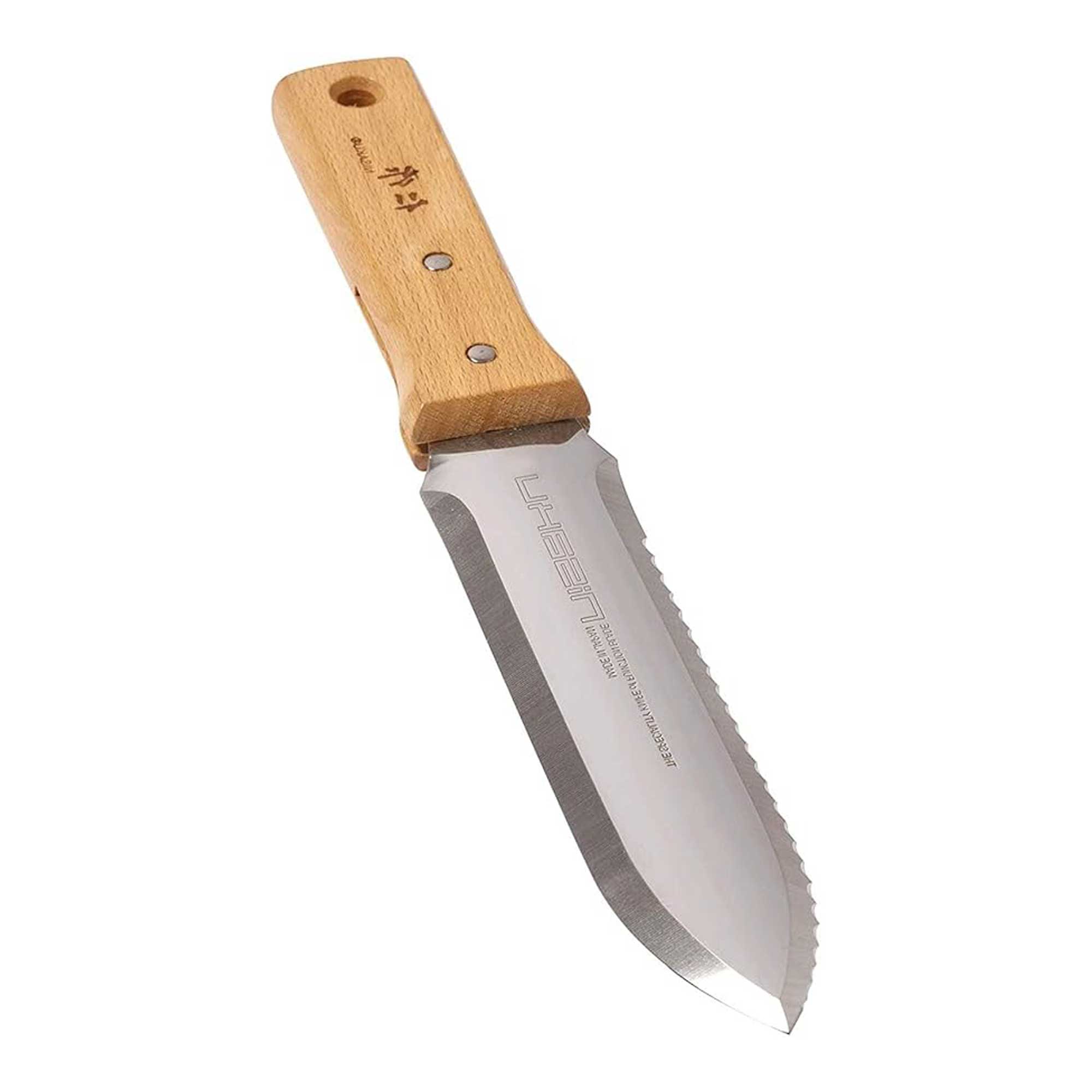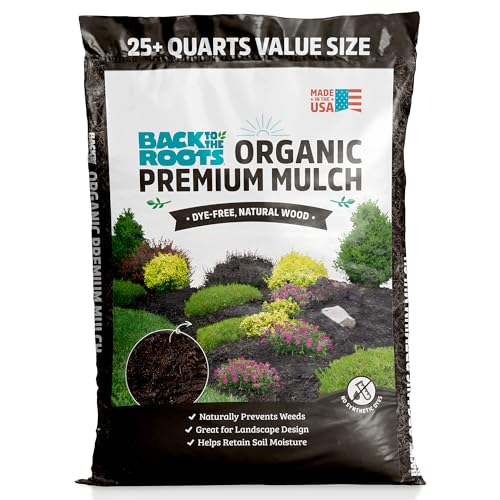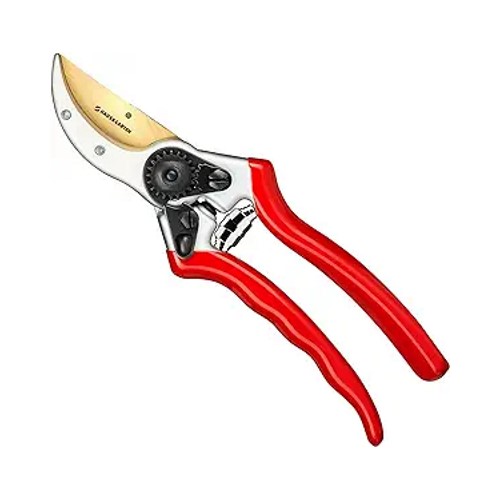How to Care For Astilbe in the Fall to Keep Plants Healthy and Have Great Displays Year After Year
Discover 4 key seasonal tasks to add to your to-do list
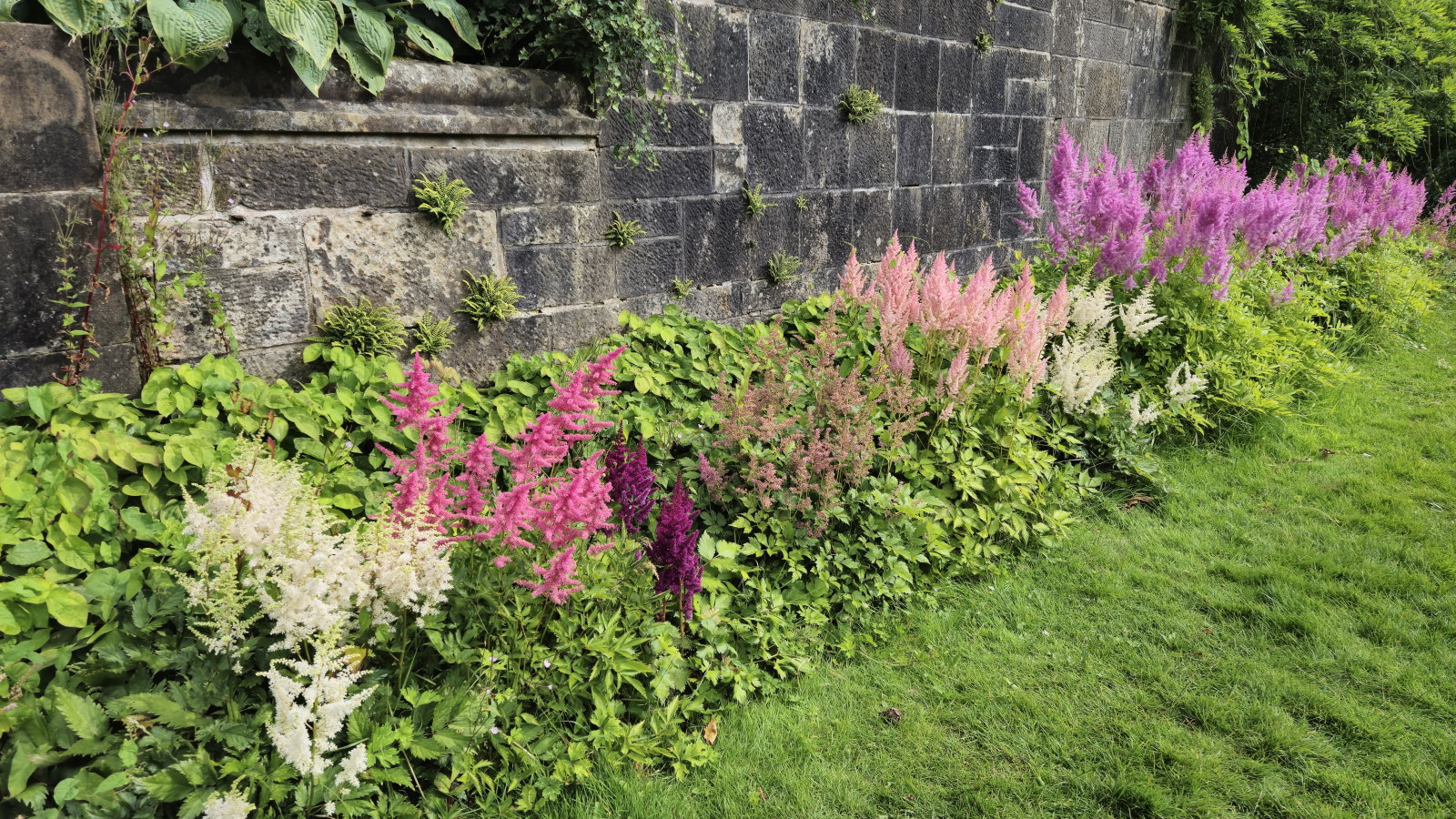

Astilbe is a stunning perennial to brighten up often-tricky, shadier spots in the garden. With the right care, astilbe plants can last for many years, so it pays to understand how to care for astilbe in the fall to help it survive winter and put on a show the following year.
There are hundreds of cultivars of the summer-flowering perennial to pick from that are fully hardy in US hardiness zones 4-8. But just because they can tolerate cold, it doesn't mean they should just be neglected after flowering. When you grow astilbe, it only takes a few key maintenance tasks in the fall to help keep plants healthy and flowering to their full potential.
If you want to learn how to care for astilbe in the fall, there are four important jobs to remember. Among them, one is for either fall or spring, and another is only required at least every three years. It means astilbe fall care is super-simple and highly recommended.
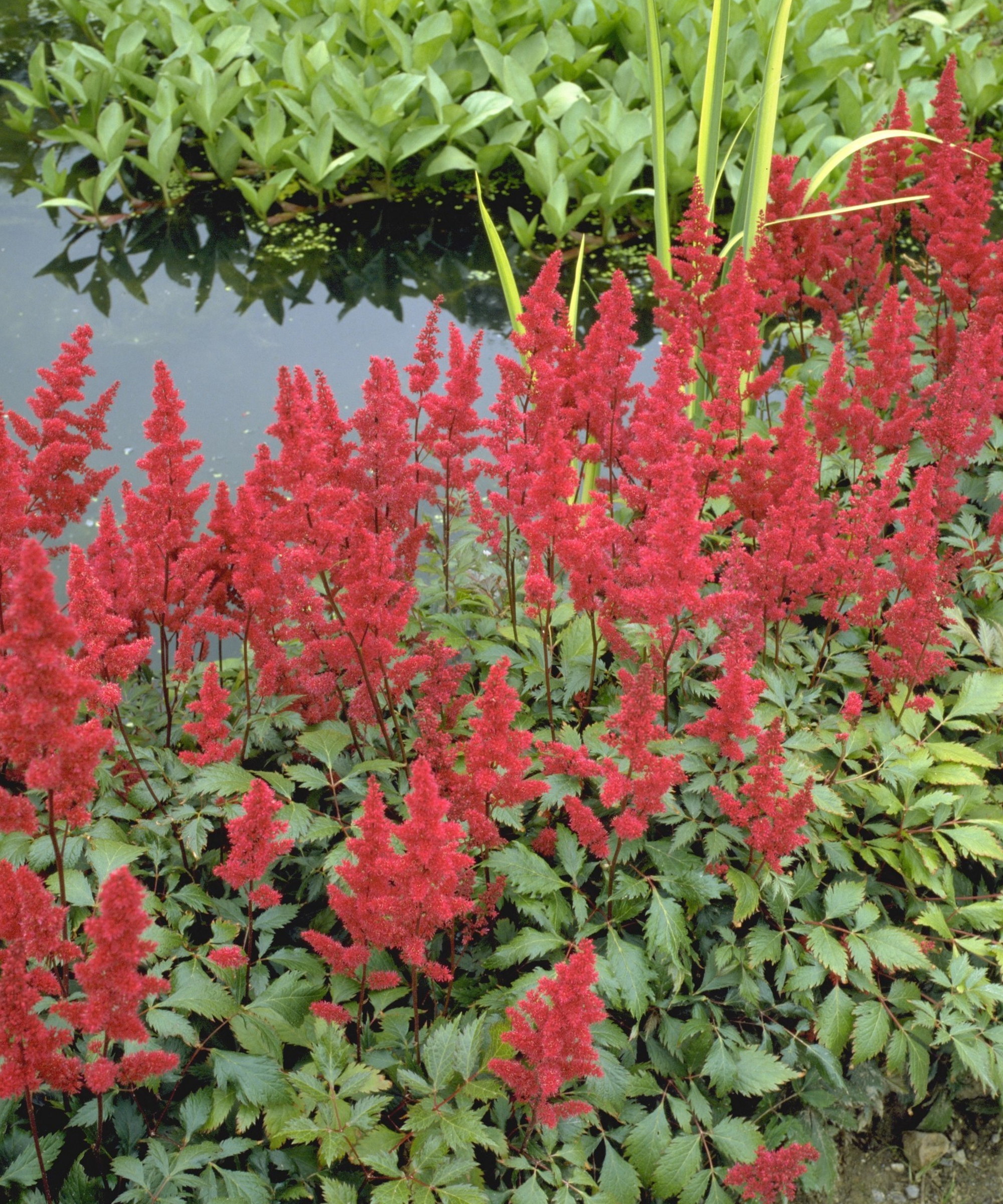
What to do With Astilbe in The Fall
This guide on how to care for astilbe in the fall highlights four tasks, giving the reasons to do them along with a few expert tips to carry them out successfully. They are not all mandatory, and there may be exceptions due to weather or personal preferences, but the following jobs are all worth considering:
1. To Cut Back Or Not to Cut Back
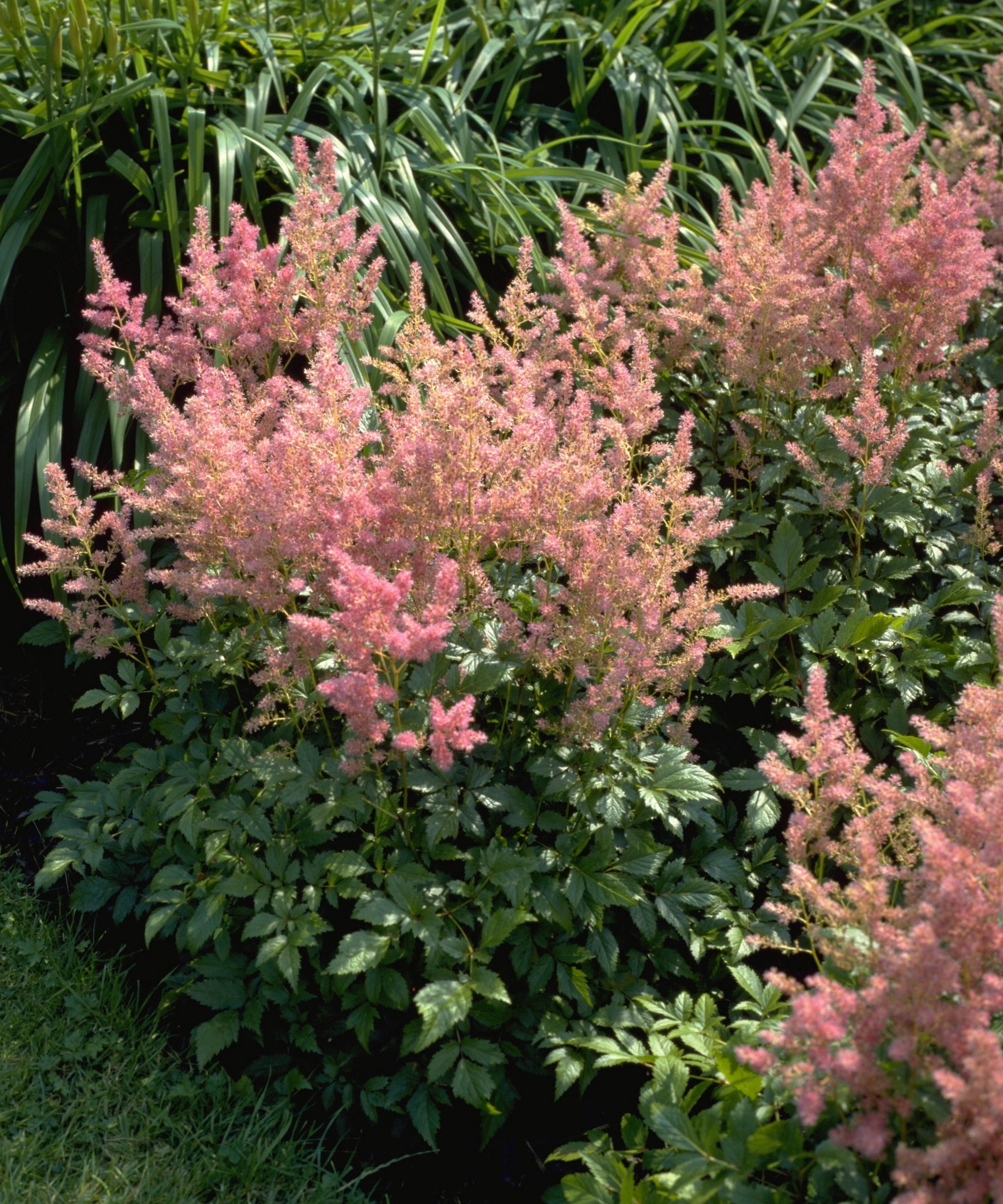
There is no hard-and-fast rule for whether you should cut back astilbe in the fall or not. You can opt to prune astilbe in the fall, the spring, or do a bit of both. The route you take may depend on your gardening style or the condition of the plant, and there is no absolute right or wrong.
Firstly, let's start with opting to cut back astilbe in the fall. This helps to tidy the garden, which appeals to those who like neat flower beds over winter, and removes any debris that may harbor diseases. For example, astilbe is susceptible to powdery mildew that can overwinter on infected plant material, so it is best to add cutting back to your fall gardening checklist if your astilbe suffers from this fungal problem.
Another consideration is that the dry flower stalks can make good additions to arrangements, and removing old stems will also prevent the plant from self-seeding around the garden. So, there is the option of removing the stems and then cutting back the rest of the plant in the spring.
Design expertise in your inbox – from inspiring decorating ideas and beautiful celebrity homes to practical gardening advice and shopping round-ups.
However, many gardeners prefer to enjoy the benefits of not cutting back at all until spring. This is because the astilbe seedheads look attractive and provide winter garden interest, while the stalks and foliage provide food and habitat for wildlife during the colder months.
2. Keep Watering Until the Frosts
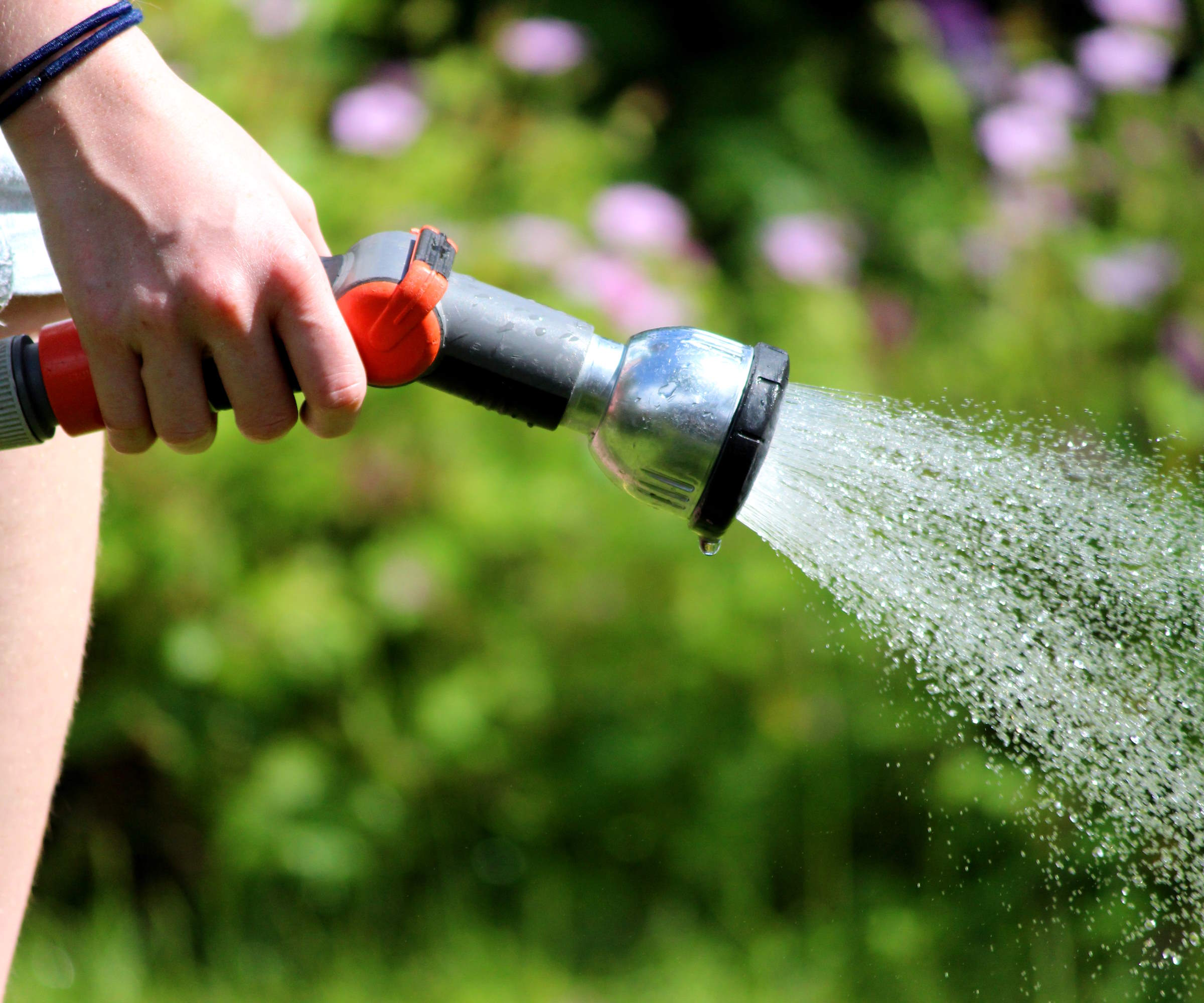
Astilbe prefers moisture. Watering is especially vital during the flowering season, but continuing to water into the fall helps the plants stay strong into winter. Therefore, it is recommended to continue watering plants, as required, all the way through until the first frosts for your location.
The plants will require less watering than during the peak summer months, and natural rainfall will often suffice in the fall. However, if you have a warm fall or a lack of rain, keep a close eye on when to water plants.
Maksim Kazakou, resident botany expert at Plantum, claims astilbe 'thrives in wet soils' so requires regular watering when planted in 'regular' soil. He adds: 'If it hasn't rained for a while and the soil is dry, provide your plant with sufficient watering in the fall. This is a must for successful overwintering because this plant needs moist soil to survive winter.'
Give them an occasional deep watering, and the plants will remain healthy. Watering in the fall means strong and healthy roots, and wet soil is also beneficial as it stores more heat than dry soil. A soil moisture meter, like this one available at Amazon, can help to reveal when watering is required.

Maksim Kazakou is a resident plant expert for the Plantum app, which helps users identify plant species, diagnose their conditions, and get specific care advice. He has 10+ years of experience as a professional botanist, consulting on botany-related topics, and 5+ years of experience creating training sets for neural models aimed at identifying plant species and diseases.
3. Mulch Plants to Keep Them Healthy
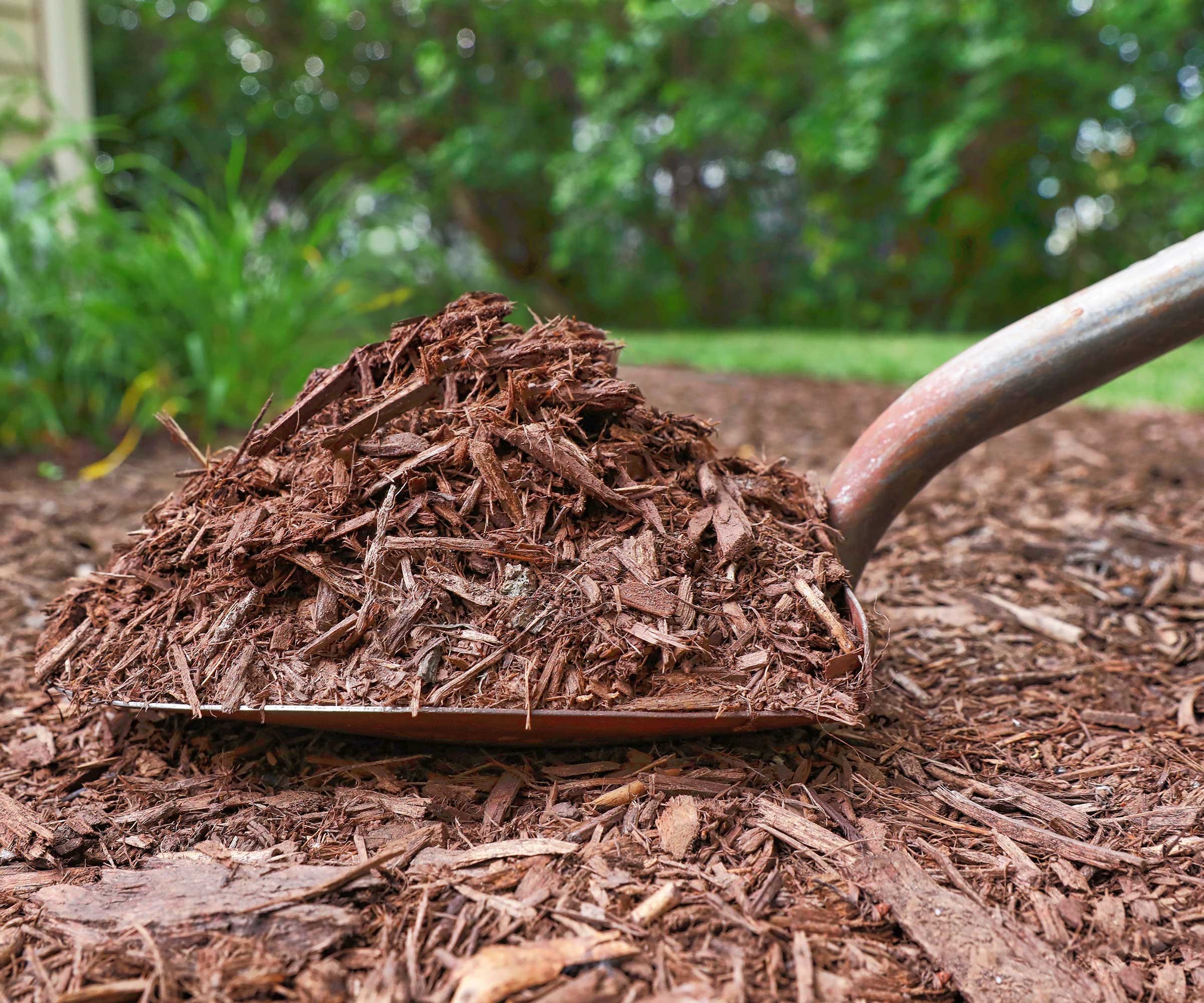
To keep astilbe healthy and protected for winter, mulch around plants in the fall with a two-inch layer of organic matter. Mulching helps by retaining vital moisture in the soil during fall and winter. This valuable layer also suppresses weeds and helps to boost soil nutrients as it breaks down.
The best types of mulch to use around astilbe are compost, well-rotted manure, leaf mold, shredded leaves and bark chippings. All of these mulches will insulate the plant's roots during the winter months, helping your astilbe survive winter and grow strongly in the spring.
Spread a 2-4 inch layer of mulch onto your flowers before the soil freezes, but avoid the mulching mistake of burying a plant's crown. This can lead to excess moisture trapped in the crown, causing rot or leaving the plant susceptible to disease. Always leaves at least a two-inch gap around the crown of perennials, or the stems of woody plants.
You can get bags of pine bark mulch at Walmart to spread in the fall, produced from northern pine and spruce trees.
4. Divide Clumps Every Few Years
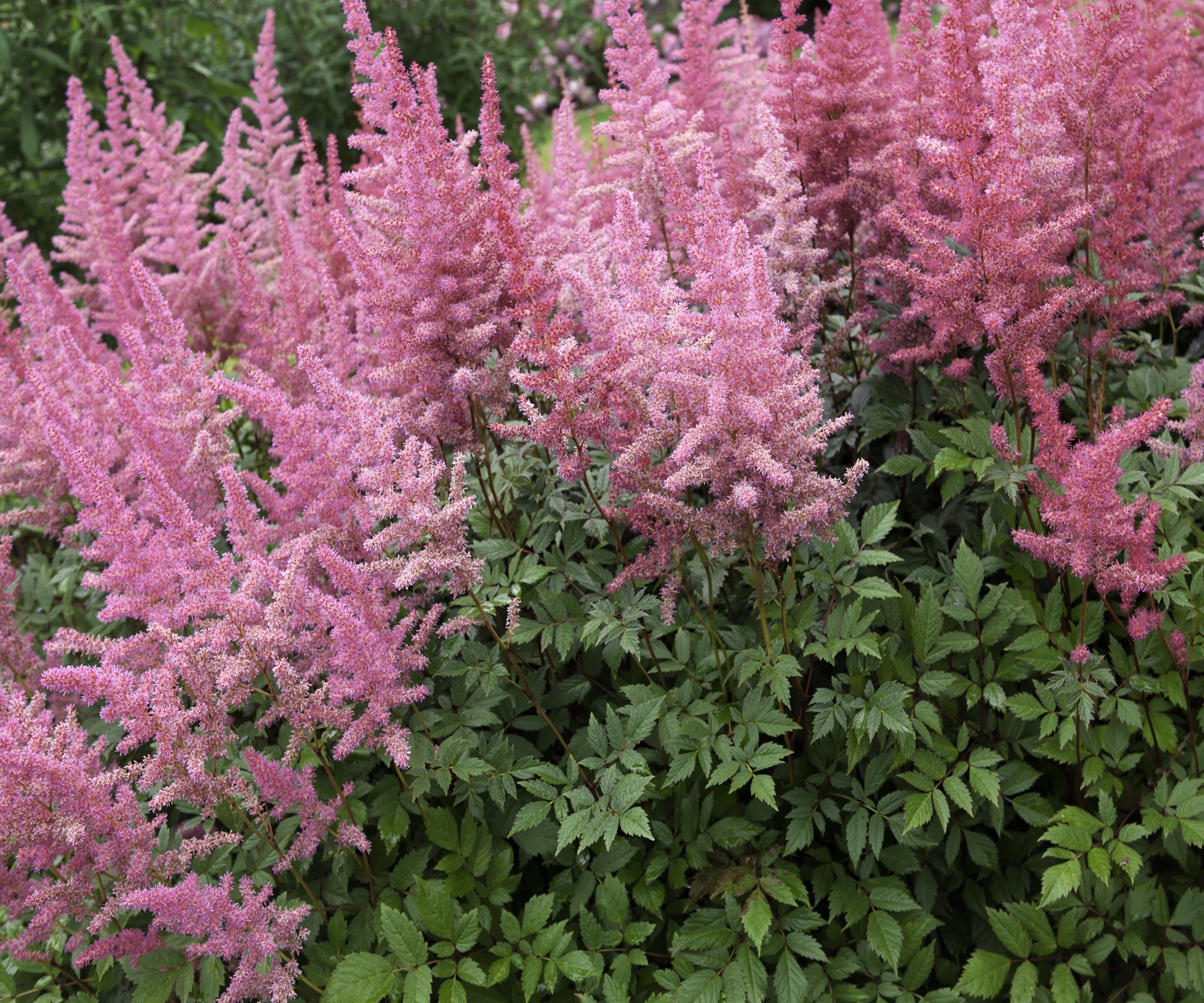
While not a job to do every fall, dividing plants is recommended to be done every three or four years. As astilbe is a vigorous grower, the clump can become congested, which affects flowering and also leaves plants more susceptible to powdery mildew.
To keep astilbe healthy and blooming its best year after year, lifting and dividing plants helps rejuvenate clumps, plus there is the bonus that you get new plants for free to add to your flower beds or containers.
Another core reason to divide is that astilbe plants often rise in the ground over the years, which puts them in potential danger. 'Over time, the upper part of the plant's rhizome rises above the ground, which makes its buds prone to freezing,' warns Maksim Kazakou, adding that dividing and transplanting astilbe every few years keeps plants safe from harm.
The best time to divide plants is after flowering. The fall is an ideal time to do the task as the soil is warm and moist, and there is time to develop new roots before the frosts. If you miss the fall window, the other recommended time is early spring, when new growth starts to appear.
When it comes to how to divide plants, it can be done in the following steps:
- Use a spade or garden fork to dig around the astilbe and carefully lift it from the soil.
- Shake off as much soil as possible – this helps you get a good look at the plant
- Divide the clump into sections with a spade or knife. You can divide astilbe into several sections, provided each one has healthy shoots and roots
- Replant the new sections as quickly as possible in a part-shade spot
- Water well, and continue to water as required to prevent the soil from drying out
FAQs
Will Astilbe Come Back Next Year?
Astilbe is a hardy perennial plant that dies back in the winter and starts growing again the following year. Astilbe can tolerate temperatures as low as -30°F, depending on the variety, making them hardy to US hardiness zone 4.
Will Astilbes Spread?
Astilbe plants will spread slowly over time through their underground rhizomes. They are not aggressive or invasive plants, but do benefit from large clumps being divided every few years to keep them as productive as possible.
Many trees, shrubs, and perennial plants can do with some TLC in the fall, even those known to be hardy. For more inspiration for the coming weeks, this guide to what to do with viburnums in the fall reveals the key tasks necessary to keep the popular shrubs healthy through the winter, and beyond.
Shop Tools For Fall Gardening
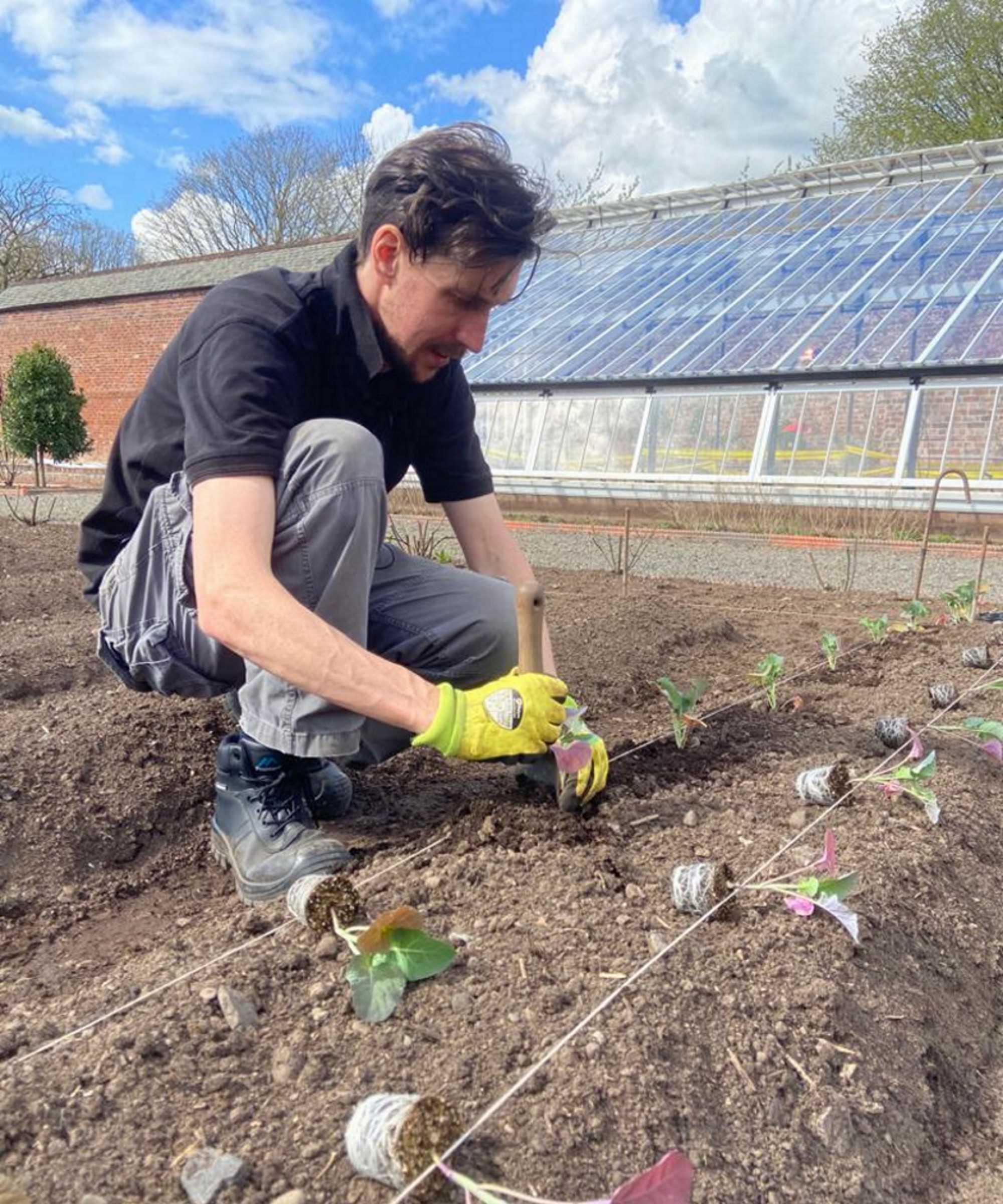
Drew has worked as a writer since 2008 and was also a professional gardener for many years. As a trained horticulturist, he worked in prestigious historic gardens, including Hanbury Hall and the world-famous Hidcote Manor Garden. He also spent time as a specialist kitchen gardener at Soho Farmhouse and Netherby Hall, where he grew vegetables, fruit, herbs, and cut flowers for restaurants. Drew has written for numerous print and online publications and is an allotment holder and garden blogger. He is shortlisted for the Digital Gardening Writer of the Year at the 2025 Garden Media Guild Awards.
You must confirm your public display name before commenting
Please logout and then login again, you will then be prompted to enter your display name.
